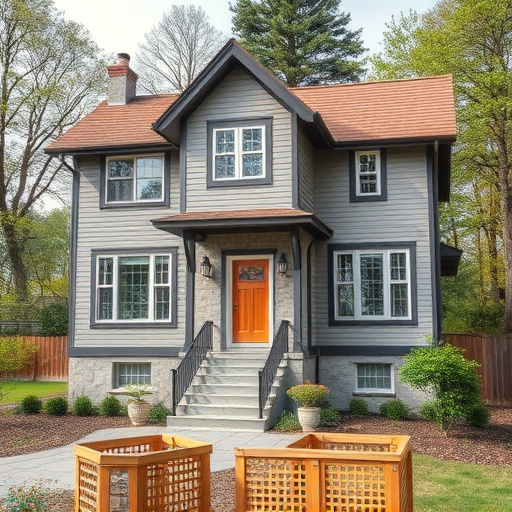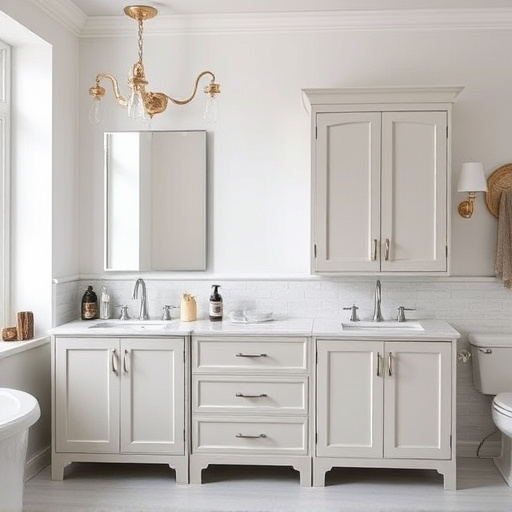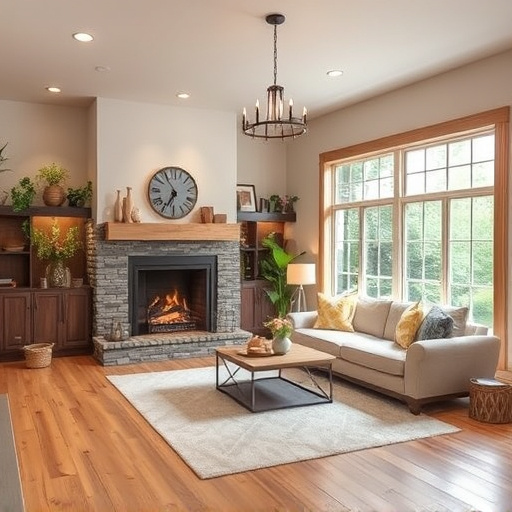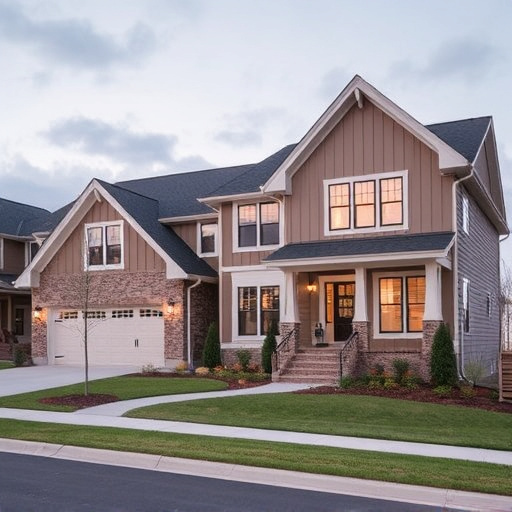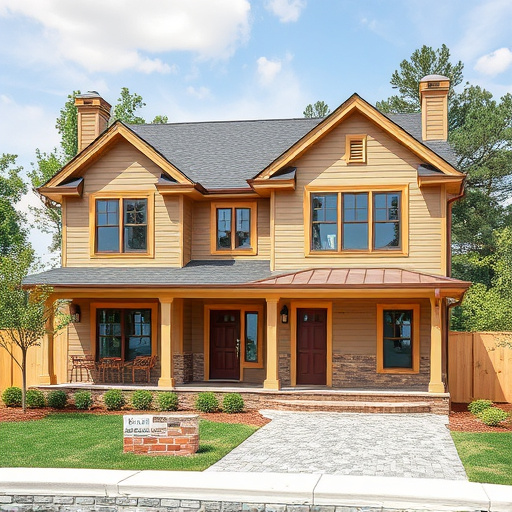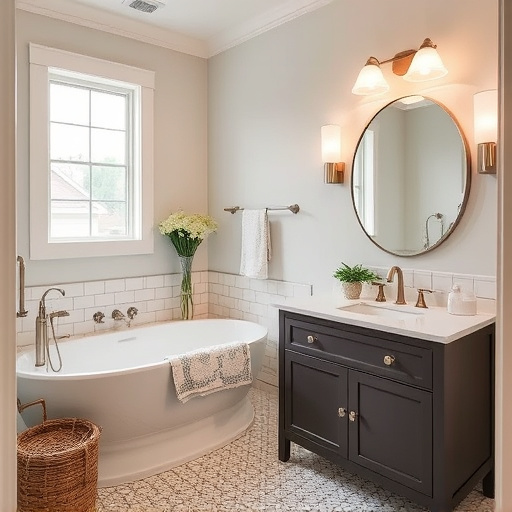Color plays a pivotal role in office design, influencing mood and productivity. Warm hues stimulate energy, ideal for collaborative spaces, while cool tones promote calmness, suitable for private areas. Strategic color implementation through painting or renovation enhances well-being, reflects brand identity, and fosters a productive environment by tailoring colors to the workplace's purpose and target audience.
Learn how to use color strategically in office design to create a productive and inspiring environment. In this article, we explore the science behind color psychology and its impact on workspace design. Discover how to select a complementary color palette tailored to your brand and goals. We provide practical tips for implementing color strategically across walls, furniture, and accents, ensuring a harmonious and engaging office space that boosts employee morale and fosters collaboration.
- Understanding Color Psychology in Workspace Design
- Selecting a Color Palette for Your Office Space
- Implementing Color Strategically: Walls, Furniture, and Accents
Understanding Color Psychology in Workspace Design
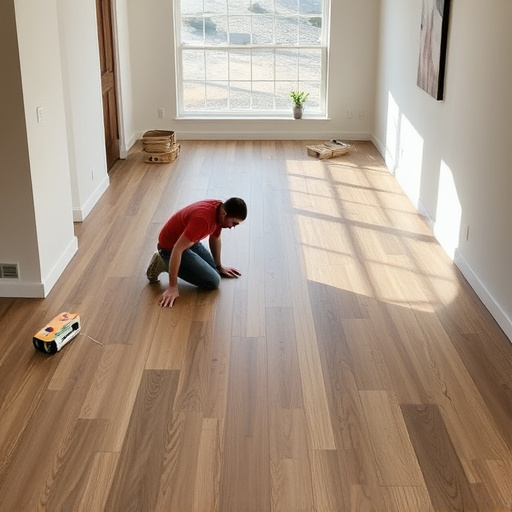
Color plays a significant role in shaping the mood and productivity of any workspace. Understanding color psychology is essential when designing an office because different colors evoke distinct emotional responses from individuals. For instance, warm hues like red, orange, and yellow can stimulate energy, creativity, and focus, making them ideal for collaboration areas or breakout rooms. On the other hand, cool tones such as blue and green promote calmness, relaxation, and concentration, suitable for quiet spaces like private offices or libraries.
Incorporating color strategically through interior painting or even thoughtful home renovation ideas can transform functional spaces into inspiring environments. By carefully considering color choices, designers can create an office atmosphere that aligns with the organization’s culture and fosters employee well-being and productivity. This approach ensures that the physical space reflects and enhances the work being done within it, contributing to a healthier and more efficient workplace.
Selecting a Color Palette for Your Office Space
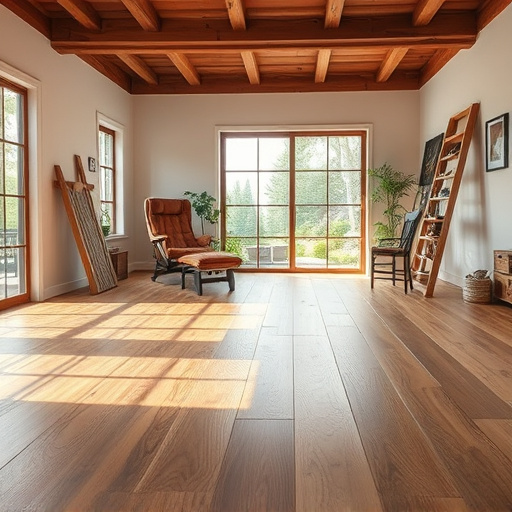
When designing your office space, selecting a color palette is an essential step that can significantly impact the overall ambiance and productivity. Start by considering the purpose and character you want to instill in your workplace. For instance, vibrant colors like blues and greens can promote energy and creativity, making them ideal for open collaborative areas. In contrast, softer shades of gray or beige create a calming atmosphere, suitable for focus rooms or private offices.
Think about your target audience and the message you wish to convey. A tech startup might opt for futuristic, bold colors, while a law firm could prefer a more traditional and sophisticated palette. Balancing primary and secondary hues allows for an appealing aesthetic—too many bright shades can be distracting, whereas a monochromatic scheme with subtle variations offers a refined look. Remember, the right color selection in office design is about creating a harmonious environment that reflects your brand and enhances employee well-being.
Implementing Color Strategically: Walls, Furniture, and Accents
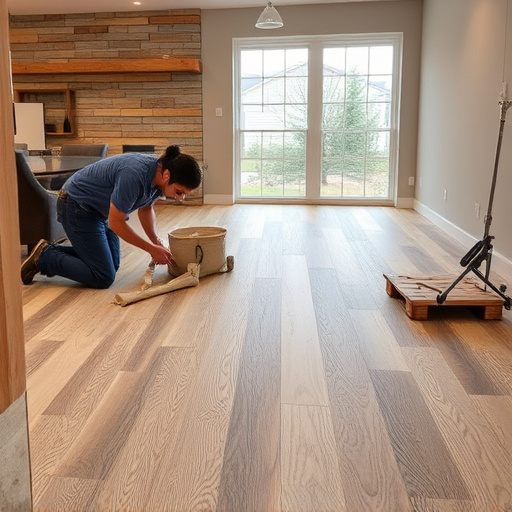
In office design, implementing color strategically involves a thoughtful approach to create an environment that inspires productivity and enhances employee well-being. When planning your office space, consider using colors that align with your brand identity and the desired atmosphere. Bright, vibrant hues can energize and stimulate creativity, making them ideal for collaborative areas or break rooms. On the other hand, calming neutrals and soft pastels promote focus and relaxation, suitable for individual workstations or meeting rooms requiring deeper concentration.
Focus on applying these colors strategically across different elements of your office design. For example, using bold color accents on walls or furniture can create focal points that draw the eye and define spaces. Incorporate them in art pieces, decorative pillows, or even lighting fixtures to add a pop of interest without overwhelming the space. In larger offices or those undergoing multiple room remodels, maintaining a cohesive color scheme throughout ensures a seamless transition and promotes a sense of unity within the functional spaces.
Strategic color usage in office design can dramatically impact employee satisfaction and productivity. By understanding color psychology and selecting a thoughtful palette, you can create an environment that fosters collaboration, creativity, and well-being. Implementing colors consistently across walls, furniture, and accents ensures a cohesive space that reflects your brand and enhances the overall experience for those who work there.








